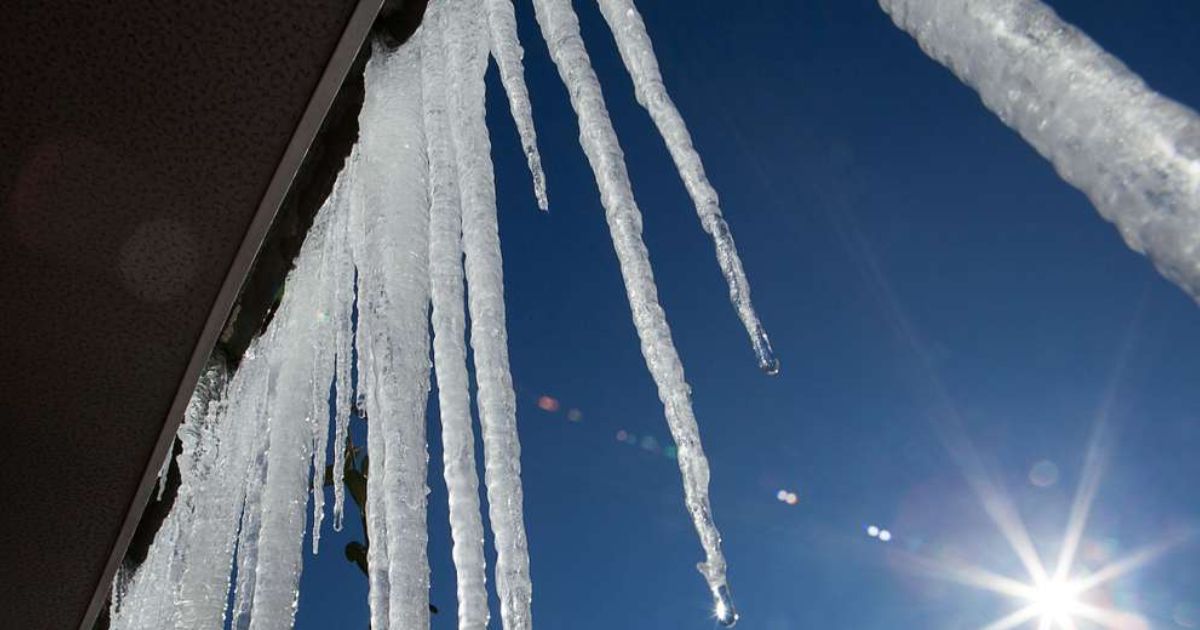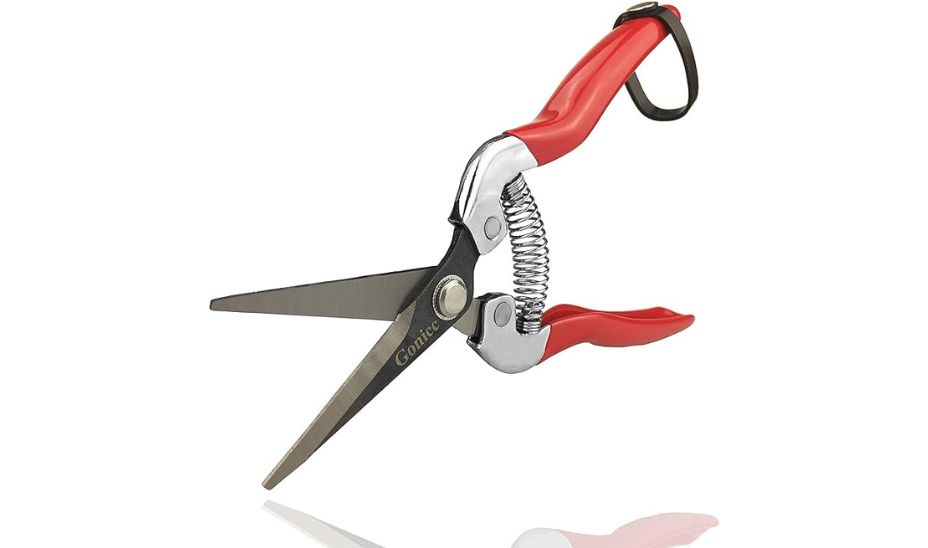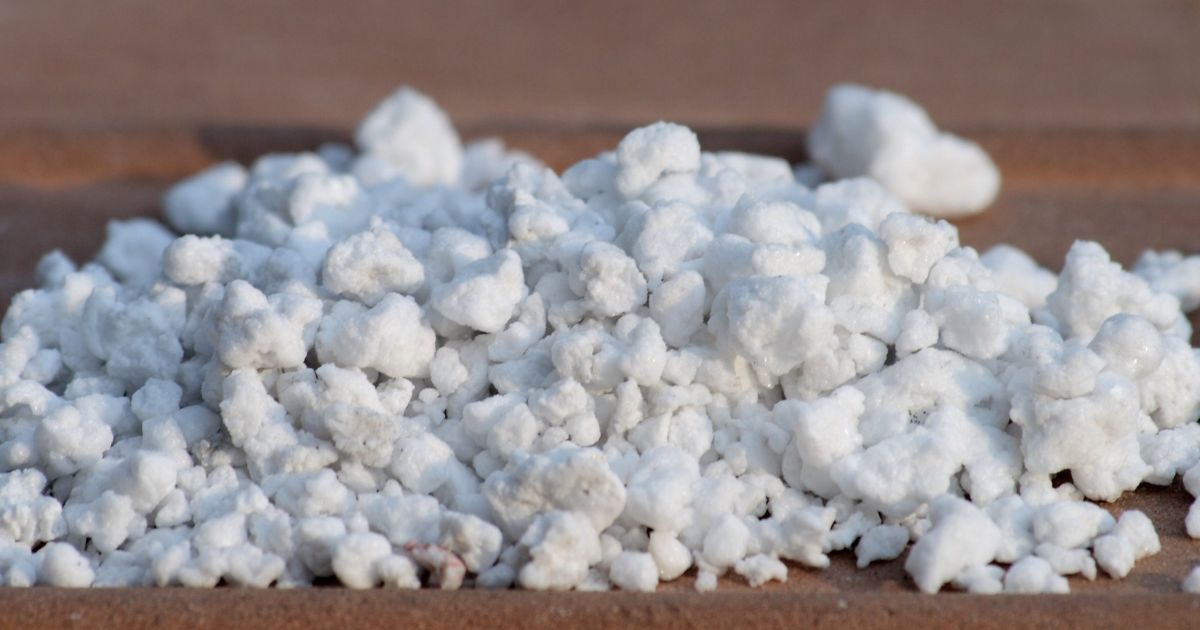
How to Protect Your Garden in Winter
Winter can be a challenging season for gardens, with freezing temperatures, snow, and reduced sunlight posing risks to plants and soil. However, with the right preparation and techniques, you can protect your garden and ensure it thrives when spring arrives. This guide provides an in-depth look at how to safeguard your garden through winter.
Why Protect Your Garden in Winter?
- Prevent Plant Damage: Frost and freezing temperatures can harm plant roots, stems, and leaves.
- Preserve Soil Health: Winter weather can deplete soil nutrients and cause erosion.
- Encourage Spring Growth: Protecting your garden during winter sets the stage for a healthy start in spring.
Key Steps to Protect Your Garden
1. Clean and Prepare the Garden
- Remove Debris: Clear fallen leaves, dead plants, and weeds to prevent pests and diseases.
- Prune Perennials: Trim dead or damaged stems to reduce disease risks. Avoid cutting back plants that provide winter interest, like ornamental grasses.
- Dispose of Diseased Plants: Burn or discard infected plants instead of composting them.
2. Apply Mulch
Mulching insulates plant roots and prevents soil temperature fluctuations.
Tips:
- Apply a 2-4 inch layer of mulch around perennials, shrubs, and trees.
- Use organic materials like straw, bark, or shredded leaves.
- Avoid piling mulch directly against stems to prevent rot.
3. Protect Plants from Frost
Frost can cause significant damage to exposed plants.
Solutions:
- Frost Cloths or Burlap: Cover tender plants during cold nights.
- Cloche or Mini Greenhouse: Use for vegetables or small plants.
- Move Potted Plants Indoors: Bring sensitive plants into a greenhouse, garage, or sunny indoor space.
4. Water Strategically
Proper watering helps plants survive winter.
- Water deeply before the ground freezes to hydrate roots.
- Reduce watering during winter to avoid root rot, especially for dormant plants.
- Ensure good drainage to prevent waterlogging and frost damage.
5. Use Windbreaks
Cold winds can dry out and damage plants.
- Erect barriers like burlap screens, wooden fences, or hedges to protect vulnerable plants.
- For small plants, use stakes and tie coverings securely to shield them.
6. Care for Soil
Winter weather can degrade soil quality if left unprotected.
- Plant cover crops (e.g., clover or rye) to prevent erosion and add nutrients.
- Add compost or manure to enrich the soil before covering it with mulch.
- Avoid walking on frozen or wet soil to prevent compaction.
7. Safeguard Trees and Shrubs
Winter can be harsh on woody plants.
- Wrap trunks of young trees with burlap or tree wraps to prevent cracking and sunscald.
- Shake off heavy snow from branches to prevent breakage.
- Prune weak or damaged branches before winter storms.
8. Protect Garden Structures and Tools
Winter weather can also damage your gardening infrastructure.
- Clean and Store Tools: Wash, dry, and oil tools to prevent rust.
- Drain Hoses: Remove and store hoses to prevent freezing.
- Maintain Raised Beds: Repair damaged wood or structures before winter.
Special Considerations for Different Plants
1. Vegetable Gardens
- Remove annual plants and add compost or mulch to the beds.
- Use cold frames or row covers to extend the growing season for hardy crops like kale and spinach.
2. Flower Beds
- Cut back perennials after they die back, leaving some stems for wildlife habitat.
- Divide and replant overcrowded bulbs before the ground freezes.
3. Lawn Care
- Aerate the soil and apply a winterizing fertilizer to strengthen grass roots.
- Keep the lawn clear of debris to prevent fungal diseases.
4. Potted Plants
- Group pots together to create a microclimate.
- Elevate pots off the ground to improve drainage and prevent freezing.
Common Winter Garden Mistakes to Avoid
- Neglecting to Mulch: Exposed soil is more vulnerable to erosion and nutrient loss.
- Overwatering Dormant Plants: Excess moisture can lead to root rot.
- Using Plastic Covers: Plastic traps moisture and can freeze, damaging plants. Opt for breathable fabrics.
- Skipping Garden Cleanup: Leaving debris invites pests and diseases.
Winterizing FAQs
1. When should I start winterizing my garden?
Begin in late fall, before the first frost, to ensure plants and soil are protected in time.
2. Can I compost during winter?
Yes! Composting continues in winter, though it slows down. Add kitchen scraps and insulate the pile with straw or leaves.
3. What plants need the most winter protection?
Tender perennials, young trees, and potted plants are most vulnerable to winter damage.
By taking proactive steps to prepare your garden for winter, you can protect your plants, soil, and structures from harsh weather. A little effort now will pay off with a healthier, more vibrant garden come spring! 🌱



